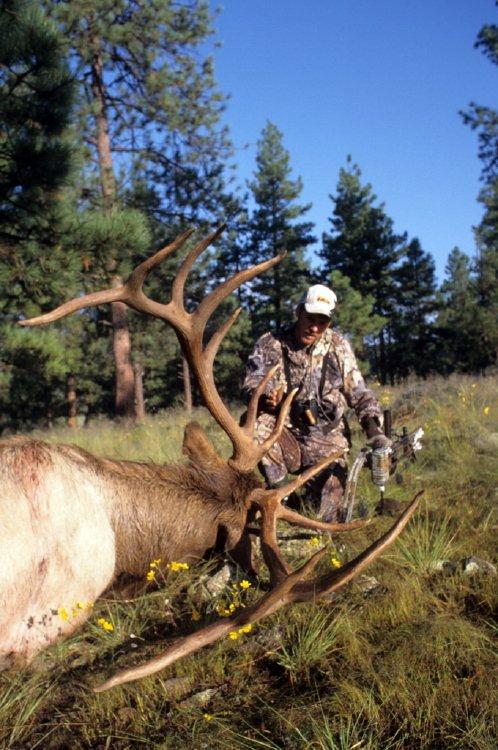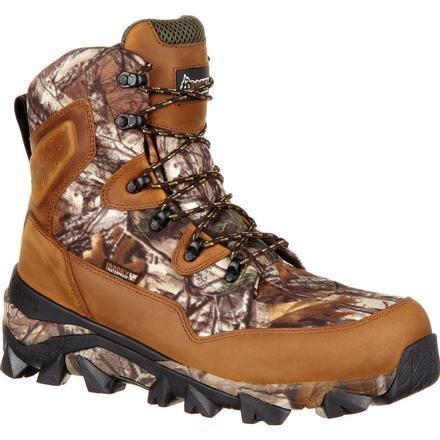Are You Using Adequate Archery Equipment?
For me, the annual highlight of archery elk edges out the November whitetail rut for sheer bowhunting enthusiasm. There's something about elk. They're big and wear a lot of bone, but there's more to it than this; a gregarious nature, majestic terrain and the proactive hunting style (no sitting for me; you can have water-holes and wallows all to yourself).
Elk also inspire species-specific setups -- one made to drive deep, while also providing an edge during uncertain run-and-gun approaches. Shots can range from brushy and point-blank (called-in bulls) to long pulls across open ground (dogged herd bulls surrounded by harems, or one traipsing open meadow). To regularly tag trophy bulls, you need to be able to take advantage of any reasonable shot opportunity; 45 to 60 yards, threading the needle through tight brush, bulls quartered slightly outside the broadside ideal.

In elk hunting, everything depends on the arrow and broadhead combination -- no matter draw weight or length. Lately, I gravitate to slim-line, "mid-weight" shafts in the neighborhood of 9 to 10 gpi (grains per inch). All are 100 percent carbon. Aluminum/carbon composite normally carry needed mass, but in my opinion, pure carbon always penetrates better due to the material's quicker recovery from harmonic oscillations, tracking broadheads through wound channels more closely (shedding less energy through friction). There are heavier carbon shafts available, but when ranges stretch, they create arching trajectories making range judging more critical (interfering vegetation and fleeting opportunities common stumbling blocks to foolproof laser rangefinder deployment).
The Rocky Claw Realtree Xtra Camo Hunting Boot
While I understand replaceable-blade and mechanical broadhead technology has improved exponentially, when it comes to elk, my preferences turn retro; namely to cut-on-contact designs. Mechanicals have killed many elk, but when the chips are down I want a fixed-blade on the business end of my arrow. Also, I regularly buck conventions regarding broadhead weight, often installing 125- instead of 100-grain models to boost F.O.C. and improve penetration potential.
My propensities emerged after 30 years of successfully bowhunting elk, and 23 years of guiding clients to their own Western dreams. Sure, there's more than one way to kill an elk, but my approach was largely forged by heartaches and occasional disasters leaving me with only wishes and what-ifs. Attempting to eliminate those eventualities has shaped these recomendations.
Editor's note: This was originally published on September 4, 2012.
Are you a bowhunter thirsty for knowledge? Check out our stories, videos and hard-hitting how-to's on bowhunting.
And follow us on Facebook. It's the 21st century, dude. Get with the program.








